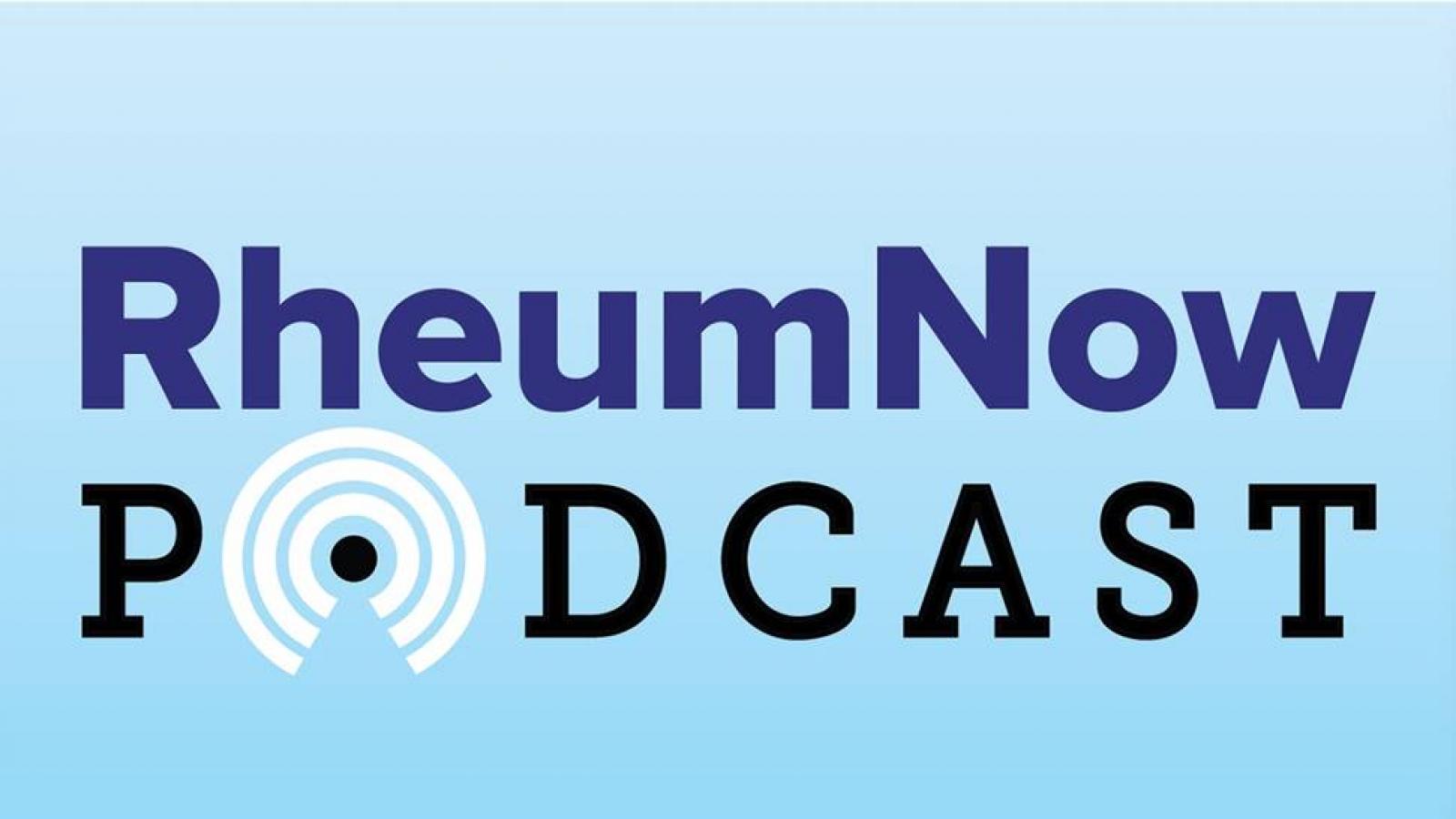Drug Safety
Even though polymyalgia rheumatica is not perceived by many physicians as a severe diagnosis, its diagnosis and management actually propose significant challenges. I'd like to talk about those challenges, and what directions our path forward can include to advance our understanding and improve the treatment of patients who have PMR.
Despite the official recognition of PMR as a distinct disease more than 60 years ago, patients with PMR are still largely treated with steroids (glucocorticoids, mostly prednisone). The persistent broad use of glucocorticoids in PMR is related to their quick initial efficacy in the majority of patients with PMR, their low price and the lack of alternative treatments and paucity of glucocorticoid-sparing treatments.
In my earlier blog, PMR: glad or bad tidings? I mentioned our PMR Voices 2021 public engagement project. This project brought home to me as a physician that although our expertise is essential, one unfortunate side-effect is that our very expertise can give us “blinkers”. One result of our “blinkers” is that we may fail to see the extent of the information gap between us and our patients with newly-diagnosed PMR.
Another infliximab biosimilar has been FDA approved, but this new version of Inflectra can be given subcutaneously for patients with inflammatory bowel disease.
Dr. Jack Cush reviews RheumNow's top entries the PMR Campaign, news, journal reports and regulatory actions.
#PMR Polymyalgia rheumatica is very common, yet there is little research on the Dx & Management of PMR by #PCPs! Mayo study prevalence 701 per 100,000 (women=870 and men =508 per 100,000 population). https://t.co/7JZFeRPRnn
JAK inhibitors obviously have dominated a lot of the discussion in our therapeutic landscape over the last couple of years. What about their use in polymyalgia rheumatica? Let's consider.
The ACR has published its updated recommendations for prevention and treatment of glucocorticoid-induced osteoporosis (GIOP) for patients receiving >3 months treatment with glucocorticoids (GCs) ≥2.5 mg daily.
Despite increasing treatment options to prevent and treat GIOP, many GC-treated patients are not evaluated or treated.
As the sole effective treatment for polymyalgia rheumatica since their development in the 1950’s until recently, the impact of glucocorticoids and PMR outcomes are undeniably intertwined. So much so that when the OMERACT PMR working group first set out to develop a PMR core outcome set, they quickly realised that many of the outcomes important to patients were related to their glucocorticoid use.
PMR might be one of the most rewarding diagnoses to make in real practice: the patient comes to you in severe debilitating pain, and you prescribe steroids, giving them their lives back! As much as this impressive response makes your intervention appear almost magical, there is the often-forgotten story about the implications of such a diagnosis and treatment on patients' daily lives.
Dr. Jack Cush discusses the news, journal articles and regulatory actions. This week we discuss JAKne, DLE and SLE and more.




















 Poster Hall
Poster Hall